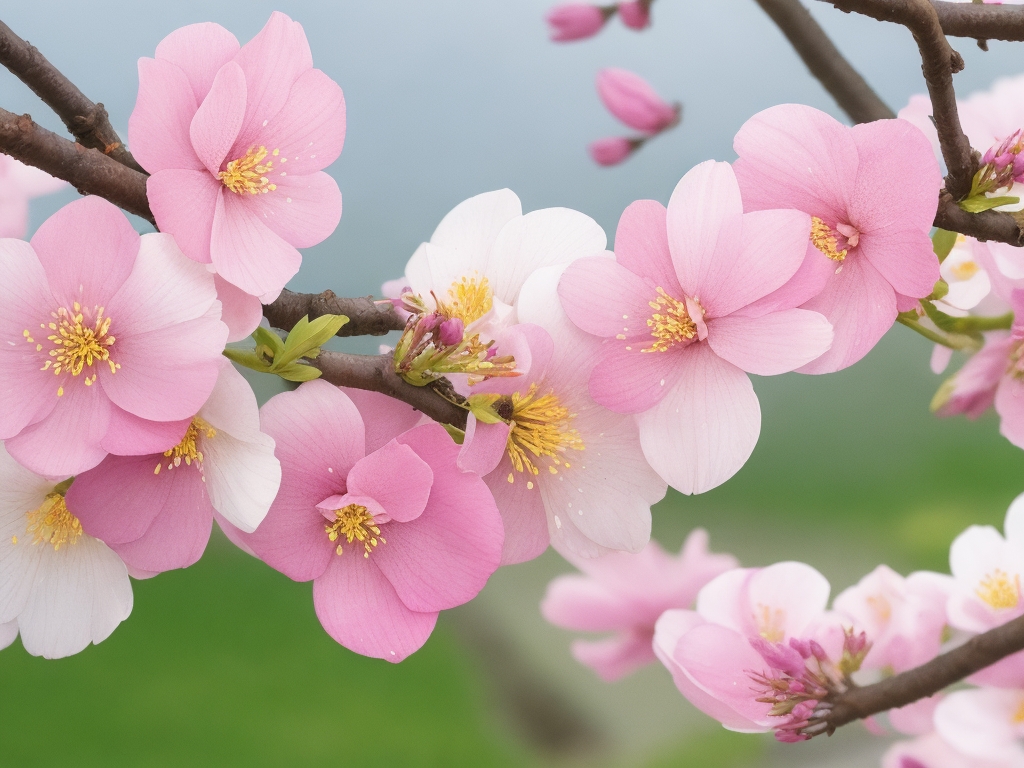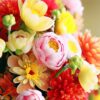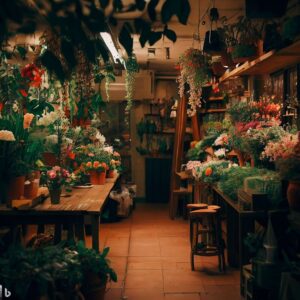Discover the enchanting world of Japanese spring flowers. From cherry blossoms to plum blossoms, explore the vibrant colors and cultural significance of these floral treasures. Learn about their history, symbolism, and where to witness their breathtaking display.
Introduction:
Spring in Japan is a mesmerizing time when the landscape transforms into a canvas painted with a riot of colors. Among the most anticipated sights are the Japanese spring flowers, which not only add visual delight but also carry deep cultural significance. From the iconic cherry blossoms to the delicate plum blossoms, these flowers hold a special place in the hearts of the Japanese people.
In this comprehensive guide, we will delve into the enchanting world of Japanese spring flowers, exploring their symbolism, cultural importance, and the best places to witness their beauty firsthand.
Japanese Spring Flower: An Expression of Nature’s Beauty
When we think of Japanese spring flowers, one name immediately comes to mind – the cherry blossom. Also known as “sakura,” these delicate blooms symbolize the transient and beautiful nature of life. The sight of cherry blossoms blanketing the landscape is a spectacle that draws people from around the world. These ephemeral flowers are celebrated through the traditional practice of “hanami,” where people gather to admire and celebrate their beauty under the blooming trees.

The Marvel of Plum Blossoms
Another captivating spring flower in Japan is the plum blossom, or “ume.” Adorning gardens and parks with their soft pink and white hues, plum blossoms bloom earlier than cherry blossoms, often in late winter. Plum blossoms symbolize endurance and strength, as they bloom bravely even in the cold of winter, signifying the arrival of spring and the renewal of life.
The Significance of Japanese Spring Flowers
Japanese spring flowers hold deep cultural significance, intertwining with history, art, and literature. They serve as powerful metaphors for the impermanence of life, reminding us to cherish every moment. These blooms have inspired countless poems, paintings, and songs, reflecting their impact on Japanese culture.
The Art of Hanami: Celebrating Under the Blossoms
One of the most cherished traditions in Japan is hanami, the act of gathering with friends and family under blooming cherry blossom trees. This centuries-old custom brings people together to enjoy food, drinks, and the beauty of nature. Parks and gardens become vibrant hubs of celebration, as people lay out picnic blankets and revel in the fleeting beauty of the blossoms.
Witnessing the Splendor: Best Places for Viewing
If you’re planning a trip to Japan during the spring season, make sure to include these destinations on your itinerary for an unforgettable experience:
1. Kyoto’s Philosopher’s Path
This serene stone path is lined with hundreds of cherry trees, creating a breathtaking tunnel of pink and white blooms.
2. Ueno Park in Tokyo
Home to over a thousand cherry trees, Ueno Park transforms into a dreamlike landscape during hanami season.
3. Hirosaki Castle Park
Located in Aomori, this park boasts more than 2,500 cherry trees and hosts an annual cherry blossom festival.
4. Kenrokuen Garden in Kanazawa
Famous for its landscaped beauty, this garden features plum trees that bloom alongside cherry blossoms, offering a unique spectacle.
Exploring Cultural Connections

Japanese spring flowers are not just beautiful to behold; they are deeply rooted in the country’s culture and history. These blossoms have inspired art, literature, and even culinary creations. In fact, cherry blossoms are often used as an ingredient in various dishes, infusing them with a delicate floral essence.
FAQs
When is the best time to see cherry blossoms in Japan?
The timing varies each year, but generally, cherry blossoms bloom from late March to early April.
Are there any traditional customs associated with hanami?
Yes, besides picnicking, people write poems, play music, and even engage in evening illuminations under the blossoms.
Do plum blossoms have any medicinal properties?
Yes, plum blossoms are used in traditional medicine for their perceived health benefits.
Can I plant cherry blossom trees in my garden?
While cherry blossom trees can be planted, they require specific care and conditions to thrive.
What is the significance of cherry blossoms in Japanese weddings?
Cherry blossoms represent the fleeting nature of life and love, making them a popular symbol in weddings.
How can I capture the beauty of Japanese spring flowers in art?
Experiment with various mediums like watercolors or photography to capture the delicate essence of these blooms.
Conclusion
Japanese spring flowers are not merely natural phenomena; they are a cultural treasure that has captured the hearts of people worldwide. From the poetic symbolism of cherry blossoms to the resilience of plum blossoms, these blooms remind us of the transient yet exquisite nature of life. Whether you’re gazing at the delicate petals or participating in the lively festivities of Hanami, the experience is a testament to the profound connection between nature and human culture.
So, if you’re planning a trip to Japan, consider visiting during spring to witness the mesmerizing beauty of these Japanese spring flowers. Let the delicate petals and vibrant colors immerse you in a world where nature’s artistry takes center stage.







